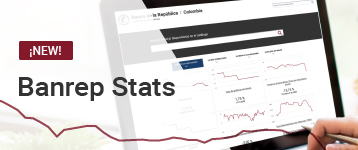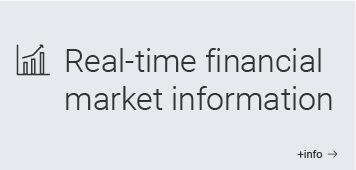When Multiple Objectives Meet Multiple Instruments: Identifying Simultaneous Monetary Shocks
The series Working Papers on Economics is published by the Office for Economic Studies at the Banco de la República (Central Bank of Colombia). The works published are provisional, and their authors are fully responsible for the opinions expressed in them, as well as for possible mistakes. The opinions expressed herein are those of the authors and do not necessarily reflect the views of Banco de la República or its Board of Directors.
Central banks generally target multiple objectives while having at least the same number of monetary instruments. However, some instruments can be inadvertently collinear, leading to indeterminacy and identification failures. Paradoxically, most empirical studies have shied away from this dependence. In this paper we propose a novel method of identifying simultaneous monetary shocks by introducing a Tobit model within a VAR. An advantage of our method is that it can be easily estimated using only least squares and a maximum likelihood function. Also, the impulse-response analysis can be carried out as in the traditional time-series setting and can be applied in a structural framework. Hence, we model a dual process consisting of a censored foreign exchange intervention policy along with a linear interest rate intervention policy. In simulation exercises we show that our method outperforms a benchmark case of estimating policy functions separately. In fact, as the covariance between shocks increases, so does the performance of our method. In our empirical approach, we estimate the policy covariance for the case of Colombia and Turkey and find significant differences when compared to the benchmark case.
The series Borradores de Economía is published by the Economic Studies Department at the Banco de la República (Central Bank of Colombia). The works published are provisional, and their authors are fully responsible for the opinions expressed in them, as well as for possible mistakes. The opinions expressed herein are those of the authors and do not necessarily reflect the views of Banco de la República or its Board of Directors.



















































